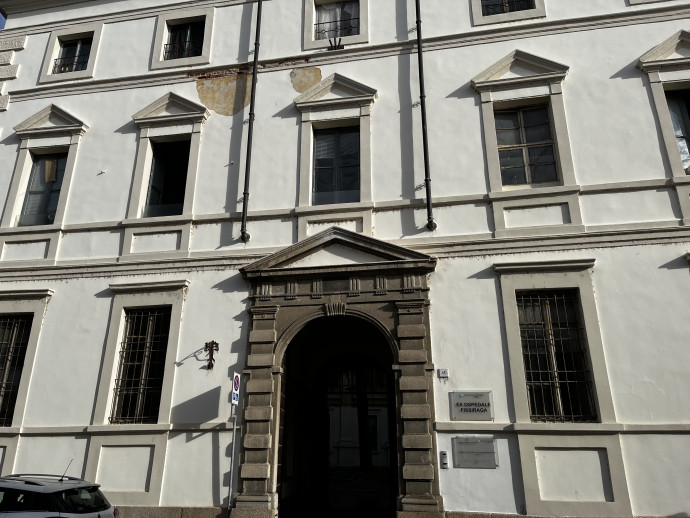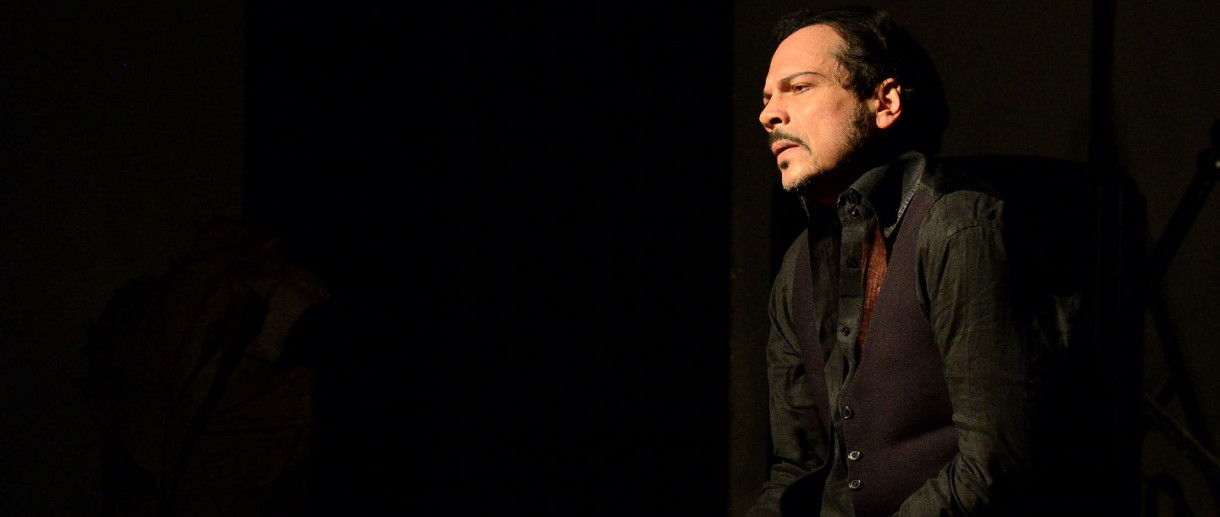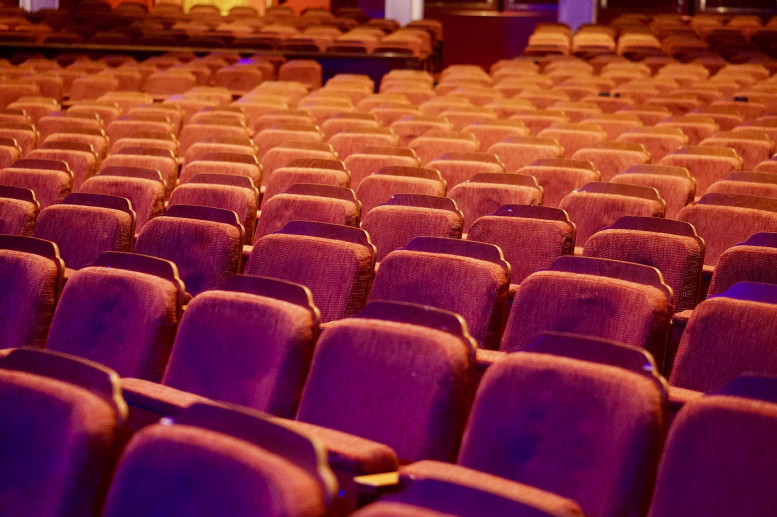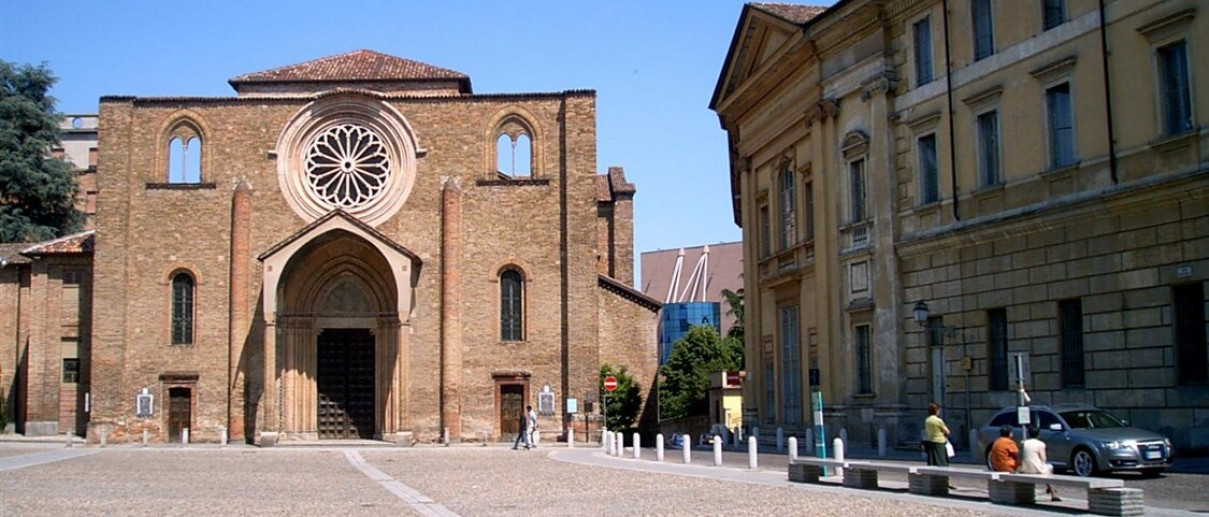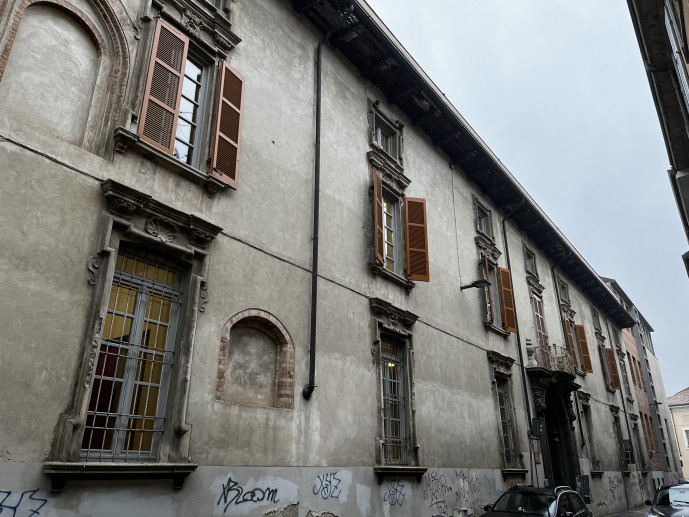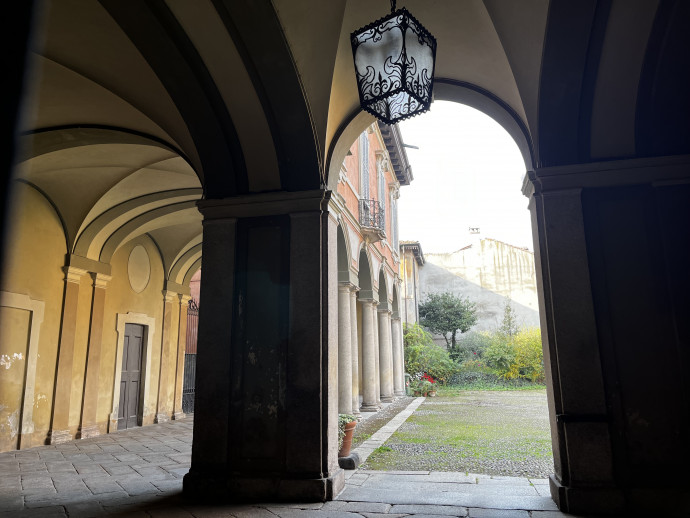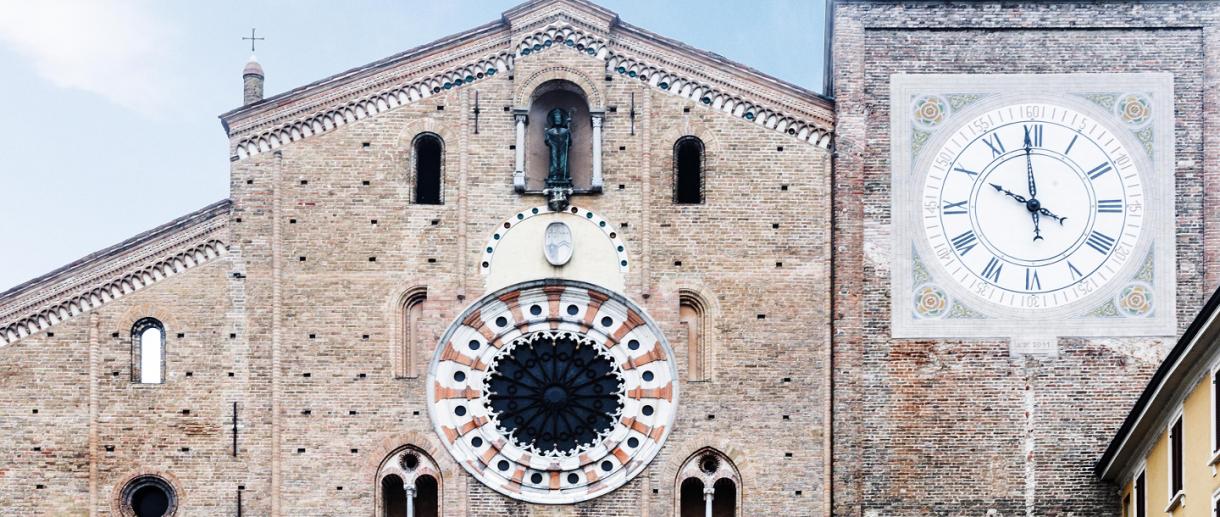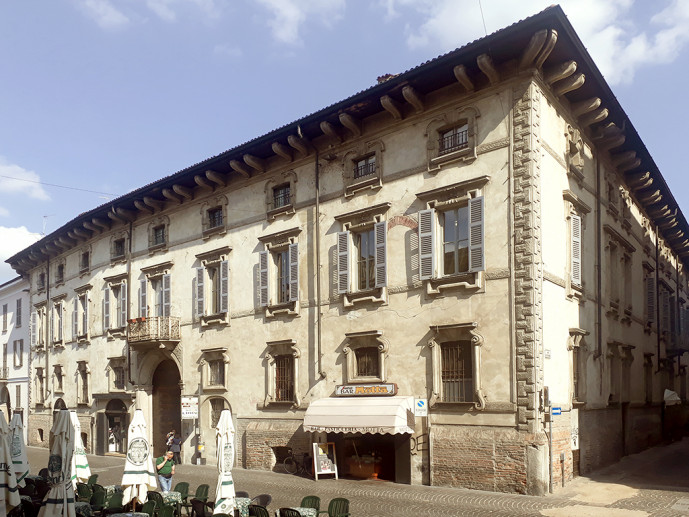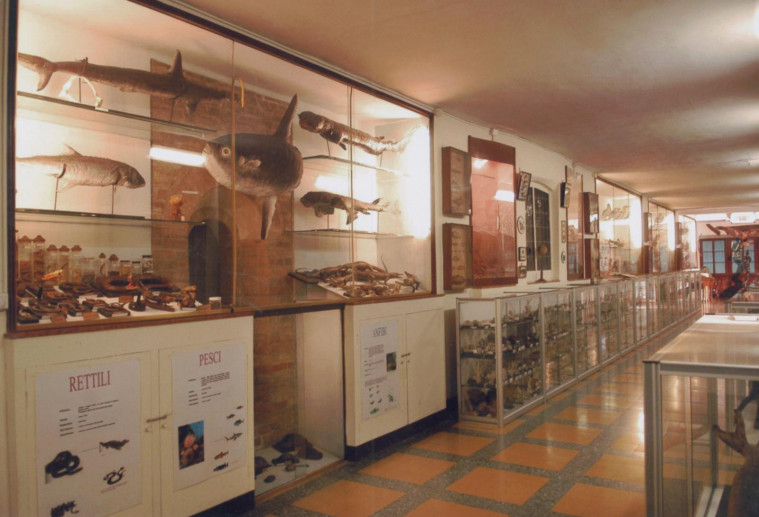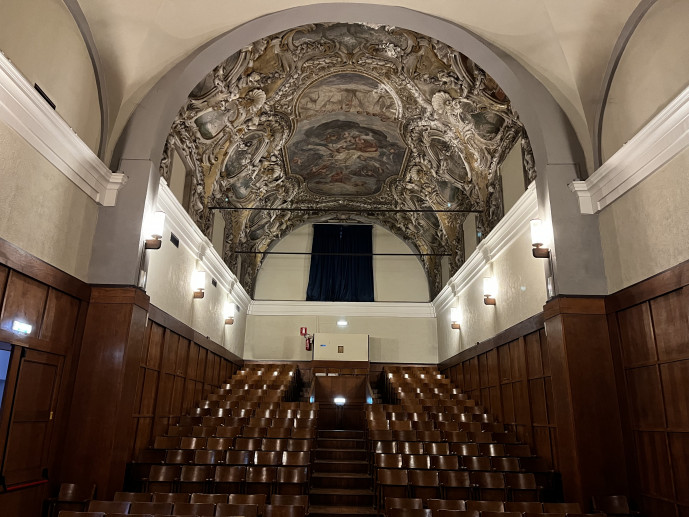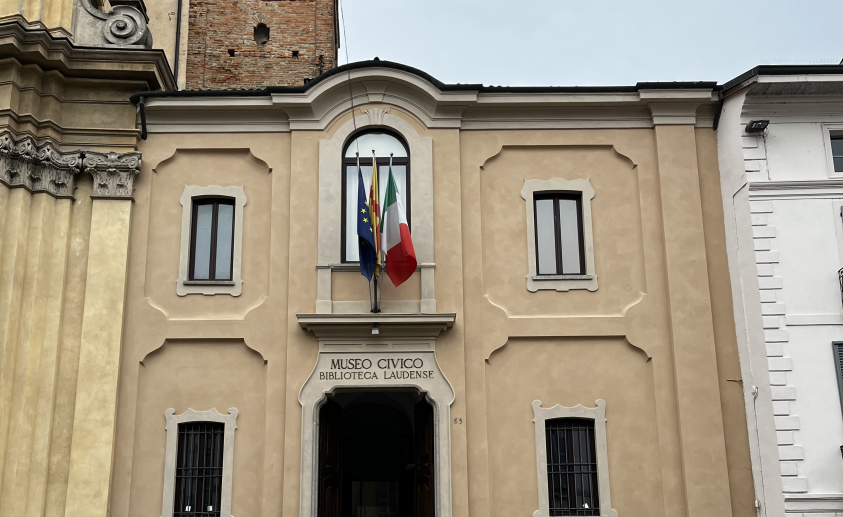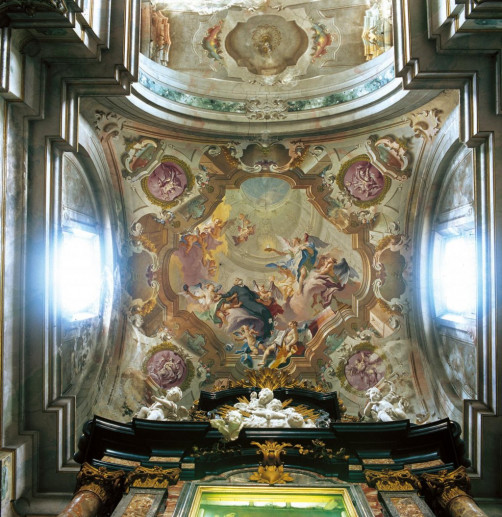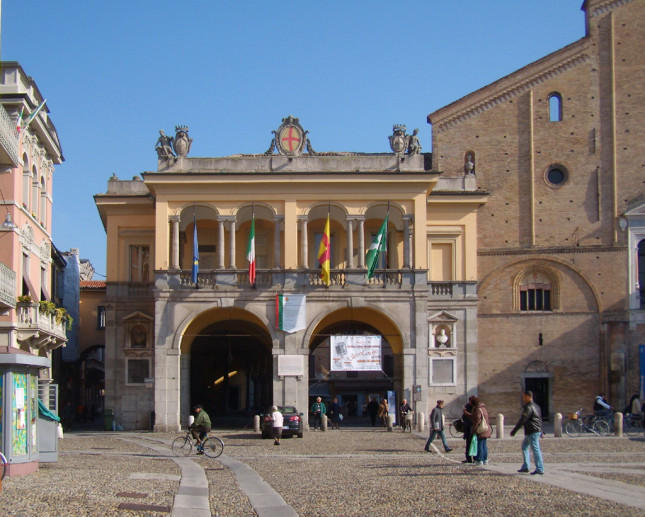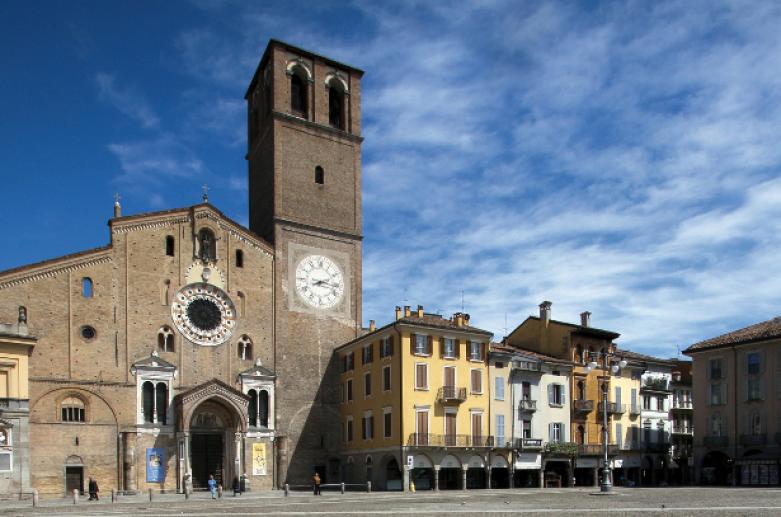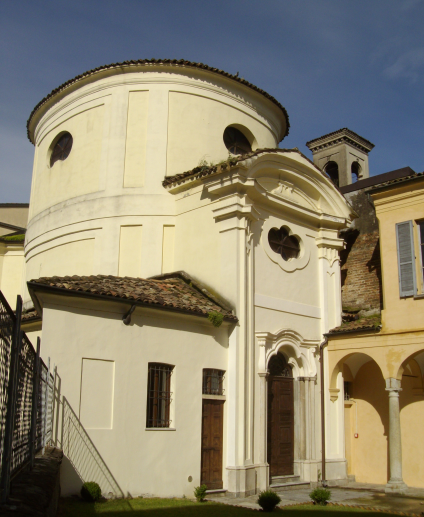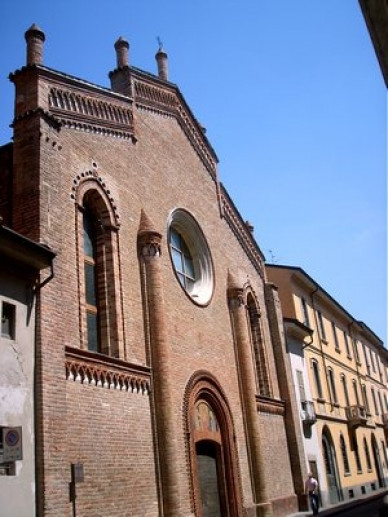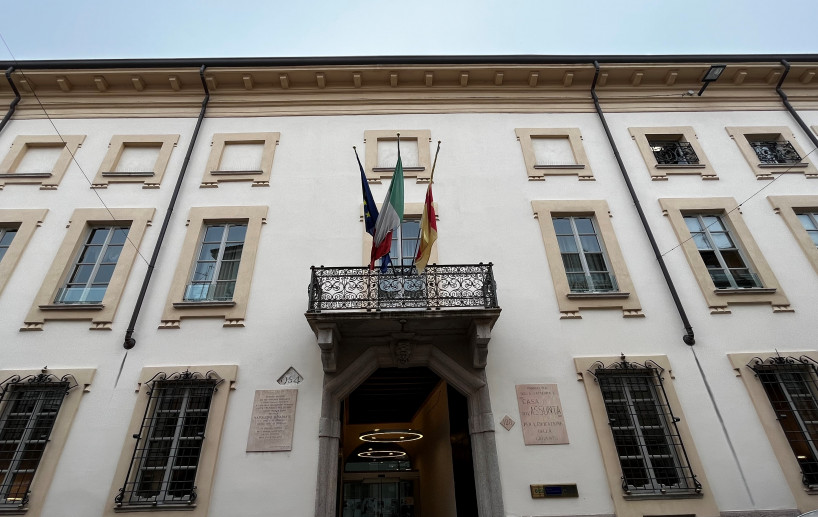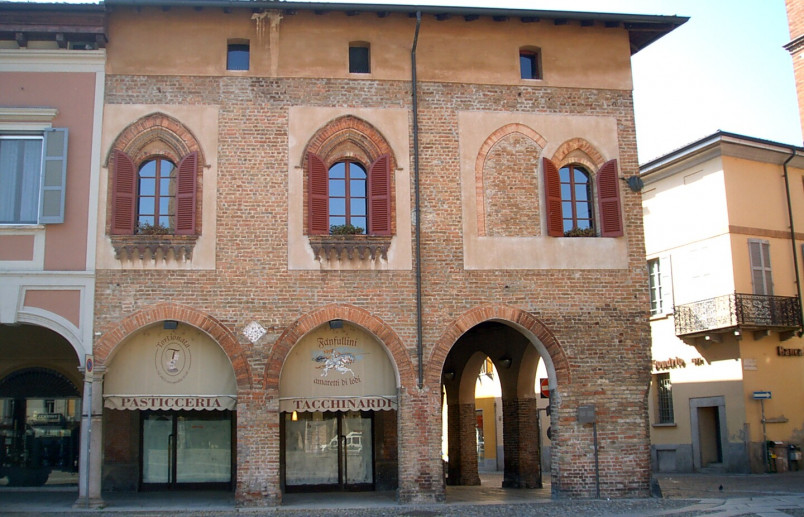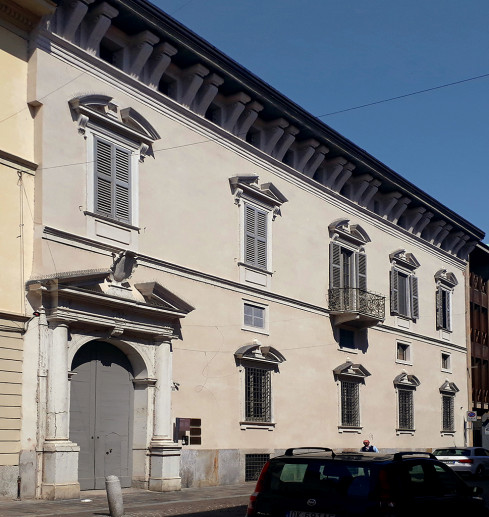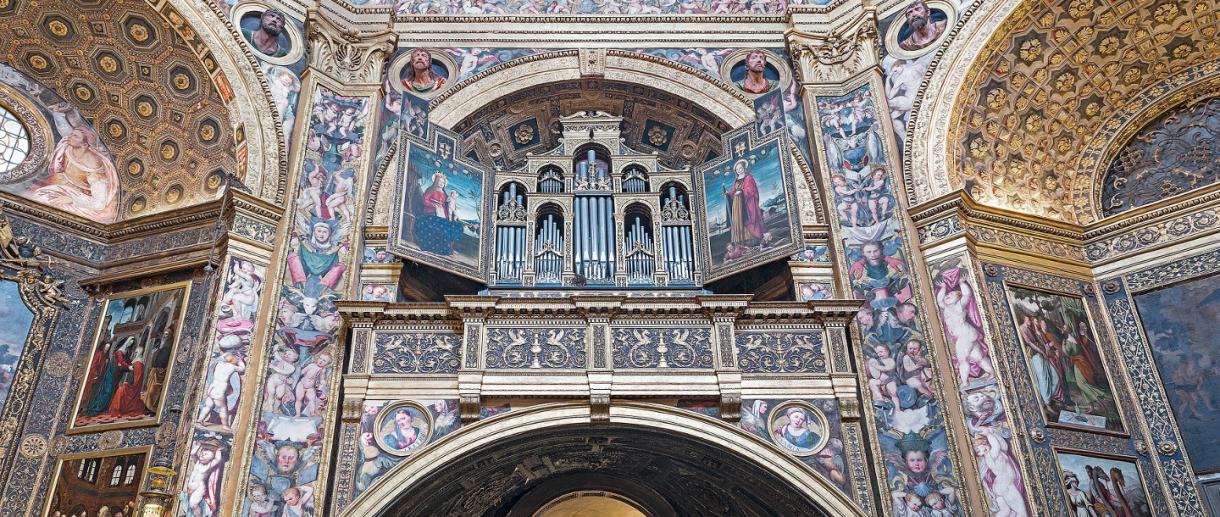- Art & Culture
Palazzo mozzanica
Also known as the Varesi palace, it is a historic building in the city of Lodi. Its construction dates back to the fifteenth century
Palazzo Mozzanica (also known as Palazzo Varesi) is one of the most important historic buildings in Lodi, located at the intersection of Via XX Settembre and Via Volturno.
The building (which dates back to the 15th century) was commissioned by Count Lorenzo Mozzanica and built on the foundations of various 14th-century structures that most likely belonged to Giovanni Vignati, the lord of Lodi between 1403 and 1416.
Lorenzo Mozzanica, the man who commissioned the expansion of the Gothic building and its Renaissance-style renovation, most likely assigned the management of the project to the architect Giovanni Battagio (also known as Giovanni da Lodi), who was also working on the city's Incoronata Temple at the time.
The building has a structure organised around an arcaded, rectangular interior courtyard on two consecutive sides , with columns of Ionic capitals and closed at the bottom by the grand 18th century staircase.
The street facade, with its Bramante and Renaissance influence, has two orders separated by a carved terracotta frieze. The string-course layer consists of sculptural elements made with a traditional moulding technique, and is decorated with garlands and mythological figures.
The decorative work is attributed to Agostino de Fondulis, who was also involved in the creation of the Incoronata Church in Lodi.
The lower order of the façade consists of a high base in brick with five splayed windows and an off-centre door; the higher-order features an irregularly arranged series of arched windows framed with ogival motifs, also in terracotta.
The five splayed openings on the ground floor, and even more so the arched windows with rich terracotta rings of the upper floor, are distributed unevenly and poorly correlated among themselves and with the portal. A large marble coat of arms can be seen on the edge of the building.
The Angera stone portal - shifted to the left side of the façade and flanked by two candelabra columns - is embellished with decorative elements: floral bas-reliefs and four ancient-style medallions with portraits of profiles that confirm the age of the building and recall the role that Lorenzo Mozzanica played; four Sforza medals decorate the entrance.
According to the testimony of the historian Giovanni Agnelli, on 29July 1509 the French king Francis I stayed in the palace.
